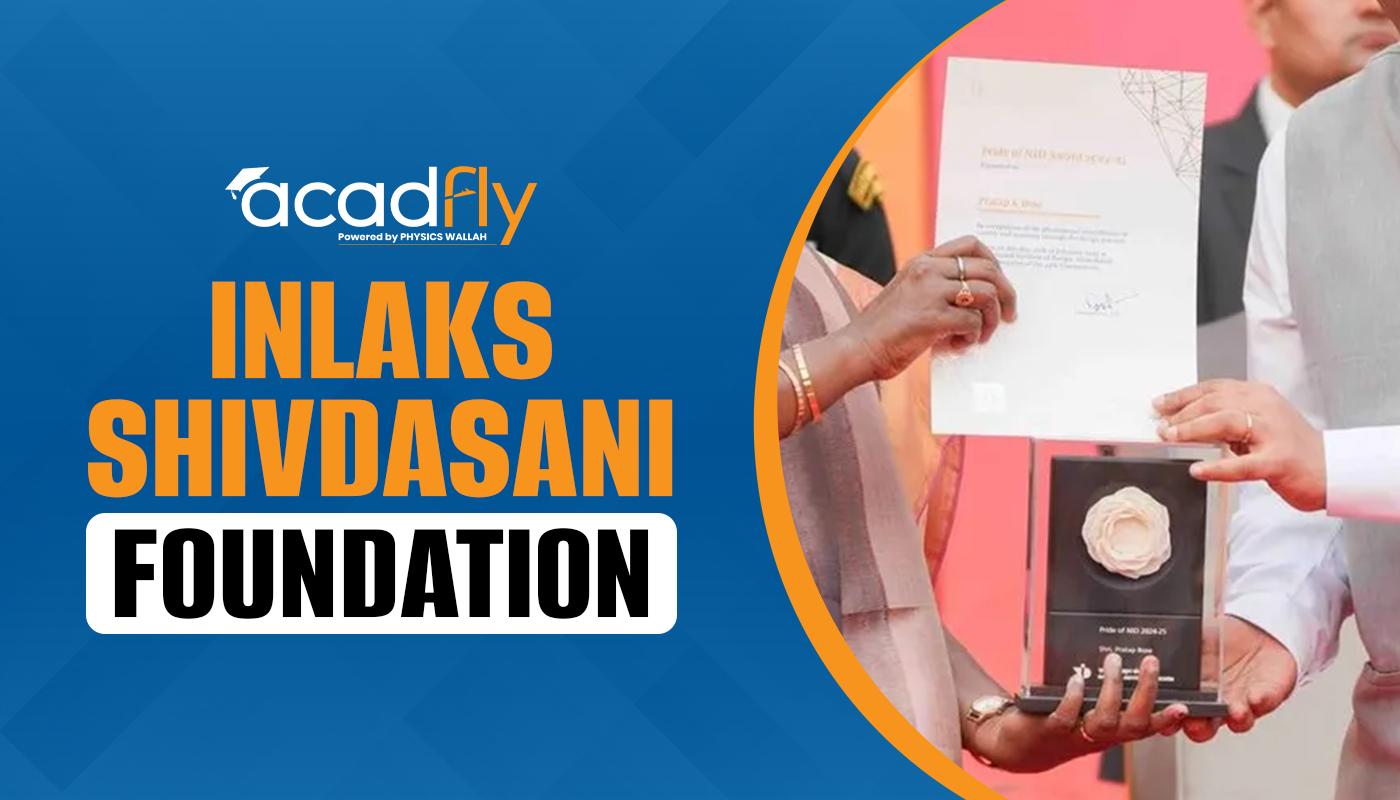
When considering medical education abroad, the Philippines has emerged as a popular destination for Indian students aspiring to pursue an MBBS degree. The country offers a range of universities known for their high-quality medical programs, affordable tuition, and favorable learning environments. This introduction aims to highlight the top 10 colleges and universities in the Philippines that are particularly well-regarded among Indian students. These institutions not only provide a robust medical education but also support an enriching cultural experience, making them attractive choices for those seeking to embark on a medical career. Each university on this list is recognized for its strong academic curriculum, experienced faculty, and a track record of producing competent medical professionals, thereby making them ideal choices for aspiring doctors from India.
Advantages of Studying MBBS in Philippines for Indian Students
1. Affordable Tuition Fees
Medical education in the Philippines is generally more cost-effective compared to many Western countries, making it a financially viable option for Indian students.
2. English Medium Instruction
Most medical programs in the Philippines are taught in English, which aligns well with the language of instruction in Indian medical exams and helps students easily adapt to their studies.
3. High-Quality Education
Philippine medical schools are known for their robust curriculum and practical training, which often includes hands-on experience in hospitals and clinics.
4. Globally Recognized Degrees
Degrees from Philippine medical schools are recognized worldwide, allowing graduates to pursue further education or practice medicine in various countries.
5. Cultural Similarity
The Philippines shares a number of cultural similarities with India, which can help Indian students adjust more comfortably to life abroad.
6. Well-Equipped Facilities
Many institutions have modern medical facilities and laboratories, providing students with the necessary tools and resources for a comprehensive education.
7. Affordable Living Costs
The cost of living in the Philippines is relatively low, which can help students manage their expenses more effectively while studying abroad.
8. Diverse Student Community
The presence of students from various countries fosters a multicultural environment, enhancing the overall educational experience.
9. Pathway to USMLE
Many Philippine medical schools offer a curriculum that aligns with the US Medical Licensing Examination (USMLE), which is beneficial for those planning to practice in the United States.
10. Supportive Environment
Institutions in the Philippines often have dedicated support systems for international students, including academic advising and assistance with adaptation to local life.
MBBS in Philippines: Eligibility Criteria
1. Educational Qualifications
10+2 Education
To be eligible for MBBS in the Philippines, Indian students must have completed their higher secondary education (10+2) from a recognized board. The education must include mandatory subjects: Physics, Chemistry, and Biology.
Minimum Marks
Students generally need to have secured at least 50% marks in these subjects. Some universities may have higher requirements, so it’s essential to check the specific criteria of the universities for MBBS in the Philippines for Indian students.
2. Entrance Exams
NEET Requirement
Unlike many countries, medical colleges in the Philippines for Indian students typically do not require NEET (National Eligibility cum Entrance Test) scores for admission. However, it’s important to confirm with the specific medical college as requirements can vary.
University-Specific Tests
Some universities might have their own entrance tests or selection criteria. Always verify with the chosen medical college.
3. Age Requirement
Minimum Age
Indian students must be at least 17 years old by the time they start their MBBS course in the Philippines. This age requirement ensures that students are mature enough to handle the rigorous medical curriculum.
4. Language Proficiency:
Medium of Instruction
The MBBS program in the Philippines is conducted in English. Therefore, proficiency in English is crucial.
Proof of Proficiency
Students may need to provide proof of English language proficiency, which can be demonstrated through academic records or standardized tests like TOEFL or IELTS. Some universities may waive this requirement if English was the medium of instruction in previous education.
5. Documentation
Required Documents
The application process for MBBS in the Philippines involves several important documents:
-
Valid Passport:
-
Educational Transcripts
-
Birth Certificate
-
Proof of English Proficiency
-
Passport-Size Photographs
6. Financial Requirements
Proof of Funds
Students must show proof of sufficient funds to cover tuition fees and living expenses for the duration of their MBBS course. This is often required as part of the student visa application process.
7. Health and Medical Requirements
Medical Check-Up
Some universities or visa regulations may require students to undergo a medical examination to ensure they are in good health before enrolling in the MBBS program.
Top 10 Universities in Philippines for MBBS
1.University of the Philippines Manila
As the leading medical school in the Philippines, the University of the Philippines Manila is renowned for its rigorous academic standards and research opportunities. The MBBS program emphasizes a comprehensive approach to medical education, integrating clinical practice with in-depth theoretical knowledge. The university's affiliation with various hospitals provides students with extensive hands-on training. It is an ideal choice for students seeking excellence in medical education.
2.University of Santo Tomas (UST)
The University of Santo Tomas is one of the oldest and most esteemed medical institutions in the Philippines. Its MBBS program offers a rich educational experience with a focus on both fundamental sciences and clinical skills. UST's historic reputation and state-of-the-art facilities contribute to its strong emphasis on producing skilled medical professionals. The university also provides extensive research and community service opportunities.
3.Ateneo de Manila University
Ateneo de Manila University is celebrated for its innovative approach to medical education, combining rigorous academics with ethical and humanitarian values. The MBBS program features modern teaching methods and a strong focus on research and community health. Students benefit from a well-rounded curriculum that includes practical clinical experiences. Ateneo’s emphasis on leadership and critical thinking prepares graduates for diverse medical careers.
4.Cebu Institute of Medicine
Cebu Institute of Medicine is known for its accessible and affordable MBBS program without compromising on quality. The curriculum provides extensive hands-on training and practical experience in a supportive learning environment. The institute’s focus on community health and patient care ensures that students are well-prepared for real-world medical challenges. It is an excellent choice for students seeking value and quality in medical education.
5.University of Cebu – College of Medicine
The University of Cebu offers a comprehensive MBBS program designed to develop well-rounded medical professionals. The college is known for its supportive educational environment and strong clinical training. Students gain practical experience through various clinical rotations and community health initiatives. The program emphasizes both academic excellence and compassionate patient care.
6.University of Negros Occidental – Recoletos (UNO-R)
UNO-R is recognized for its strong community-oriented approach to medical education. The MBBS program integrates practical clinical training with a focus on service to underserved populations. The university provides a well-structured curriculum that emphasizes ethical medical practice and patient care. UNO-R’s commitment to community health makes it a unique choice for prospective medical students.
7.San Beda University – College of Medicine
San Beda University blends traditional values with modern medical education in its MBBS program. Known for its rigorous curriculum and ethical training, the university prepares students for a wide range of medical careers. The program offers extensive clinical exposure and research opportunities. San Beda’s focus on holistic development ensures that graduates are well-equipped for professional practice.
8.Manila Central University (MCU) – College of Medicine
Manila Central University offers a robust MBBS program that balances theoretical knowledge with practical clinical experience. The curriculum is designed to develop skilled, ethical, and compassionate medical professionals. MCU’s state-of-the-art facilities and dedicated faculty enhance the learning experience. The program also emphasizes community service and patient-centered care.
9.Philippine Women’s University (PWU) – College of Medicine
Philippine Women’s University provides a forward-thinking MBBS program that focuses on holistic medical education. The curriculum integrates clinical training with a strong emphasis on patient-centered care. PWU is known for its supportive environment and commitment to producing competent healthcare professionals. The program prepares students to address various medical and community health issues.
10.Bicol University College of Medicine
Bicol University offers an affordable yet high-quality MBBS education with a focus on practical training and community service. The program is designed to produce skilled medical professionals ready for real-world challenges. Bicol University’s commitment to accessible education and hands-on experience makes it an attractive option for aspiring doctors. The college provides a comprehensive curriculum with significant clinical exposure.
Duration of MBBS in Philippines for Indian Students
Pre-Medical Course (1.5 Years)
-
The first 1.5 years are dedicated to a pre-medical course known as the Bachelor of Science in Medicine or the equivalent. This phase covers foundational subjects in medical sciences and prepares students for the rigorous MBBS curriculum.
-
Subjects include basic sciences like Anatomy, Physiology, and Biochemistry, along with introductory medical courses.
Medical Course (4 Years)
-
Following the pre-medical course, the core MBBS program lasts for 4 years. This phase focuses on advanced medical subjects, clinical practice, and hands-on training.
-
It includes extensive coursework in Medicine, Surgery, Pediatrics, Obstetrics and Gynecology, Psychiatry, and other specialties. Students also undergo clinical rotations in hospitals to gain practical experience.
Clinical Rotations (During the Medical Course)
-
Clinical rotations are integrated throughout the 4 years of the medical course, allowing students to apply their knowledge in real-world healthcare settings.
-
These rotations provide exposure to various medical specialties and patient care scenarios, essential for developing practical skills.
Licensure Exams (Post-Graduation)
-
After completing the MBBS program, graduates must pass the licensure exams in the Philippines to practice medicine. Indian students may also need to meet additional requirements if they plan to practice in India or another country.
MBBS in Philippines for Indian Students: Admission Process
1. Research and Choose a University
The first step is to thoroughly research and select a medical university in the Philippines that fits your academic and personal preferences. Look for institutions with strong reputations, comprehensive curricula, experienced faculty, and good facilities. Consider universities such as the University of the Philippines Manila, University of Santo Tomas, Ateneo de Manila University, and Cebu Institute of Medicine. Each university has its unique strengths, so assess which aligns best with your career goals and educational needs.
2. Check Eligibility Requirements
Verify that you meet the eligibility criteria set by your chosen universities. Generally, this includes having completed 10+2 education with mandatory subjects like Physics, Chemistry, and Biology, and securing a minimum of 50% marks. Additionally, ensure that you are at least 17 years old by the start of the MBBS program. Each university may have slightly different requirements, so review their specific criteria carefully.
3. Prepare Required Documents
Gather all necessary documents for the application process. These typically include a valid passport, high school mark sheets, a birth certificate, proof of English proficiency (such as scores from TOEFL or IELTS if required), and recent passport-sized photographs. Some universities might also request a medical certificate or health records, so be prepared to provide these if needed. Ensuring that you have all documents in order will help streamline the application process.
4. Application Process
Complete the application process for the chosen university by filling out the application form. This can often be done online through the university’s admissions portal or by submitting physical documents by mail. Pay attention to any application deadlines and ensure you submit all required forms and information accurately. Be aware of and adhere to any application fees that may be required.
5. Entrance Exams (if applicable)
Most medical colleges in the Philippines do not require NEET scores, but it is essential to check if your chosen university has its own entrance exams or additional selection criteria. If an entrance exam is part of the admission process, prepare thoroughly for it to meet the university's standards. Follow the university’s guidelines on how and when to take the exam.
6. Interview Process (if applicable)
Some universities may conduct interviews as part of their selection process. Prepare for these interviews by reviewing common questions about your academic background, motivation for studying medicine, and your understanding of the medical field. The interview is an opportunity to demonstrate your commitment and suitability for the MBBS program.
7. Admission Offer
If you meet the university’s criteria and pass any required exams or interviews, you will receive an official admission offer letter. This letter confirms your acceptance into the MBBS program and is crucial for the next steps, including applying for a student visa and making travel arrangements.
8. Apply for Student Visa
With your admission offer letter, apply for a student visa to study in the Philippines. The visa application process will require submitting the admission letter, proof of sufficient funds to cover tuition and living expenses, and other personal documentation. Attend the visa interview at the Philippine embassy or consulate in India, and provide all requested documents.
What should students consider when choosing a medical school in the Philippines?
When choosing a medical school in the Philippines, students should consider the following factors:
1. Accreditation and Recognition
Ensure the university is accredited by relevant educational and medical boards and recognized by the Medical Council of India (MCI) or equivalent regulatory bodies in your home country.
2. Curriculum and Program Structure
Review the curriculum to ensure it covers essential medical subjects comprehensively and includes practical training and clinical rotations.
3. Faculty and Resources
Check the qualifications and experience of the faculty, as well as the availability of modern facilities, laboratories, and medical equipment.
4. Tuition Fees and Financial Aid
Compare tuition fees and additional costs (such as accommodation and books) across different universities. Look into scholarship opportunities and financial aid options.
5. Location and Living Conditions
Consider the location of the university and the cost of living in that area. Research accommodation options, local amenities, and the overall quality of life.
Frequently Asked Questions
1. What are the top medical schools in the Philippines for Indian students?
2. What is the duration of the MBBS program in the Philippines?
3. What are the eligibility criteria for Indian students?
4. Is the MBBS program in the Philippines taught in English?
5. Are there scholarships available for Indian students?
6. What is the process for applying to medical schools in the Philippines?
7. How is the quality of medical education in the Philippines?
8. Can Indian students practice medicine in India after completing their MBBS in the Philippines?










